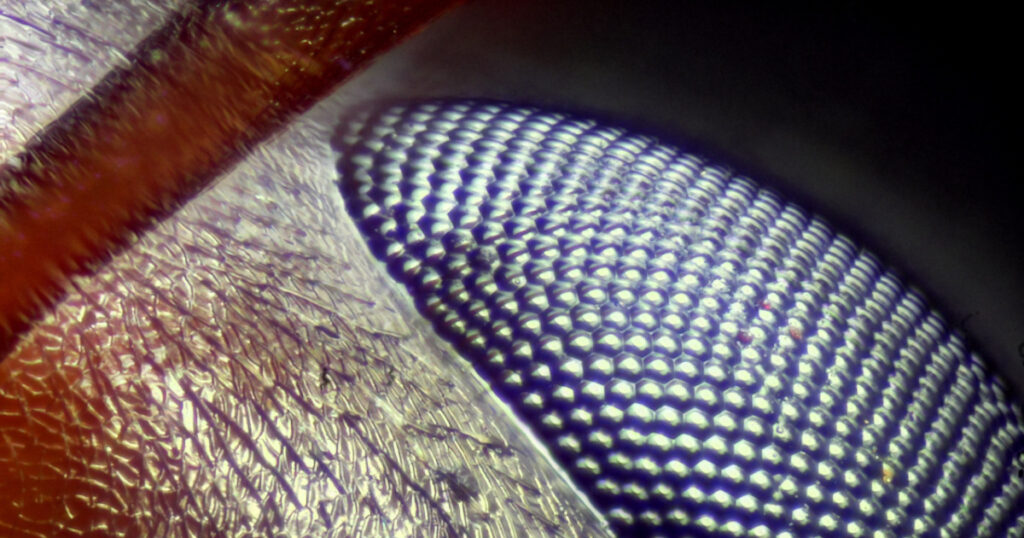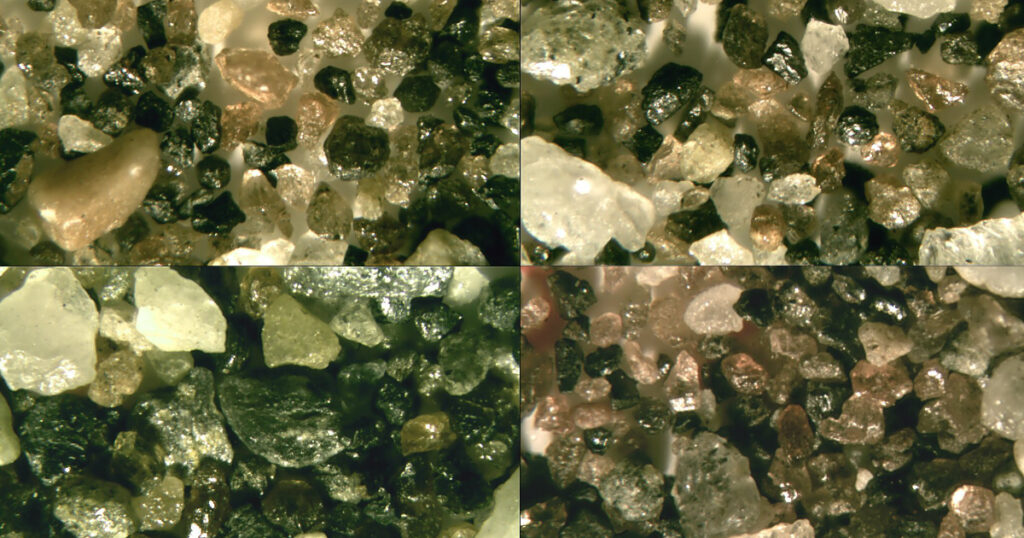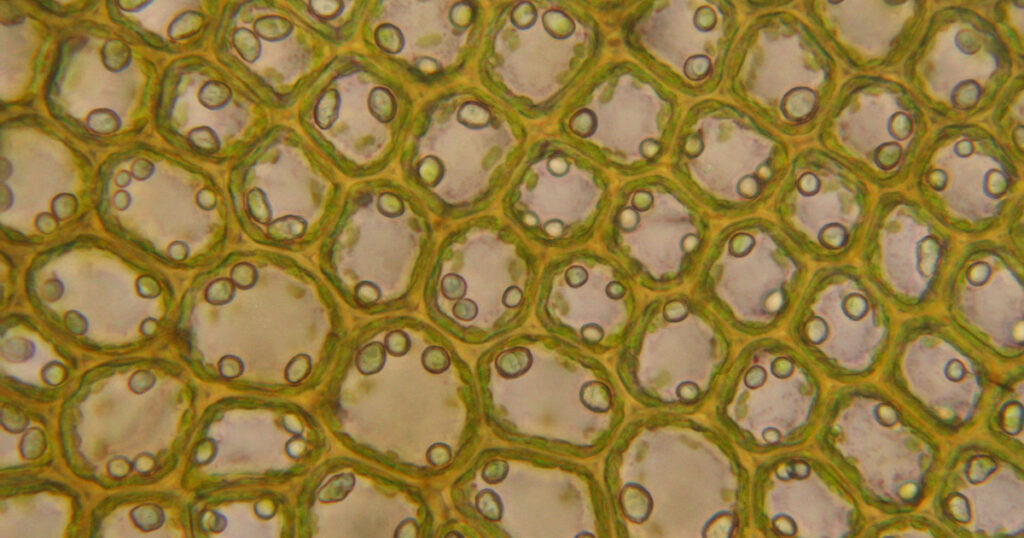Microscope photography opens a whole new world of stunning detail, where the ordinary becomes masterpieces of structure and color. From the delicate architecture in pollen grains to the intricate, hidden details of insect wings, looking into this microscopic world inspires awe and piques your interest. Whether for art, science, or sheer wonder, such a find evokes new respect for the miniature miracles that surround us every day. Here’s our rundown of 34 amazing things to look at under a microscope!
- Pollen Grains: Marvel at their intricate structures, each type boasting unique shapes and textures that resemble tiny, alien sculptures.
- Crystals: From salt to sugar, common crystals reveal mesmerizing geometric patterns and vibrant colors when illuminated just right.
- Textiles: Zooming in on everyday fabrics shows intricate weaves and unexpected details that hint at their manufacturing.
- Plant Cells: Thin slices of leaves or onion skin showcase cell walls, chloroplasts, and nuclei, turning plant anatomy into a visual spectacle.

- Insect Parts: Examining an insect’s wing or antenna offers a detailed look at fine hairs and translucent membranes, highlighting nature’s engineering.
- Human Hair: Under magnification, each strand shows its scale patterns and irregularities, revealing damage or conditioning effects.
- Micro-Organisms in Water: Drops of pond water teem with life, revealing paramecia, amoebas, and other fascinating micro-creatures in action.
- Sand Particles: Each grain tells a unique story, showcasing varied shapes and colors. Beach sand often has stunning micro-gemstones and shell fragments.

- Butterfly Wings: The overlapping scales create a mosaic of colors and textures, revealing the wing’s iridescent beauty.
- Cheese Mold: Watching mold growth on cheese shows branching fungal structures that look like dense forests.
- Printed Paper: Examine printed text to see how tiny dots of ink create complex images.
- Fish Scales: Reveal detailed, overlapping patterns that add protection and shimmer.
- Spices: Crushed spices, like cinnamon or pepper, show surprising textures and fibrous structures.
- Feathers: The barbs and barbules interlock in complex, zipper-like formations that help birds stay aerodynamic.
Learn how to turn your phone into a microscope.
- Dust Particles: A mix of fibers, pollen, and mysterious fragments, each particle is unique and tells a tiny tale of where it has been.
- Blood Cells: Viewing blood cells reveals their distinctive red, donut-like structure or white blood cells with fascinating details.
- Chalk: Crushed chalk under a microscope unveils its composition, often showing tiny shell fossils if it’s natural chalk.
- Candle Soot: Tiny particles that reveal a world of irregularly shaped carbon forms when magnified.
- Snowflakes: Each snowflake reveals unique, symmetrical patterns that disappear as they melt.
- Sugar Crystals: Magnified sugar shows jagged, clear crystalline structures.
- Bacteria Cultures: Growing bacteria on agar plates can show colonies with varying textures and colors.
- Leaves and Petals: Explore the fine veins and cells, sometimes revealing tiny trichomes.
44 Mind-Blowing Pictures Of Ordinary Creatures Under An Electron Microscope

- Seaweed: Thin slices reveal intricate cell structures and unique forms.
- Fruit Skin: The outer layer of fruits like strawberries or apples shows pores and fine textures.
- Spider Silk: Examine its thin, almost invisible threads that are stronger than steel by weight.
- Seeds: Tiny seeds, such as those from strawberries or poppy plants, show diverse textures and patterns.
- Chalk Dust: A close look can reveal tiny mineral particles, sometimes showcasing their origin.
- Coral Fragments: Dead coral under a microscope displays its calcium carbonate skeleton’s complex patterns.
- Soap Bubbles: The thin film creates a colorful, swirling landscape due to light diffraction.
- Caffeine Crystals: Studying crystallized caffeine produces striking, spiky formations.
- Plant Hairs (Trichomes): Found on plants like mint, these fine hairs can look like forests of glass.
- Wasp or Bee Stingers: Zooming in shows barbs and details not visible to the eye.
- Human Skin: Examine the outer layer’s cells, revealing ridges and pores.
- Bread Mold (Rhizopus): Displays thread-like structures and spores that look like tiny spheres.

